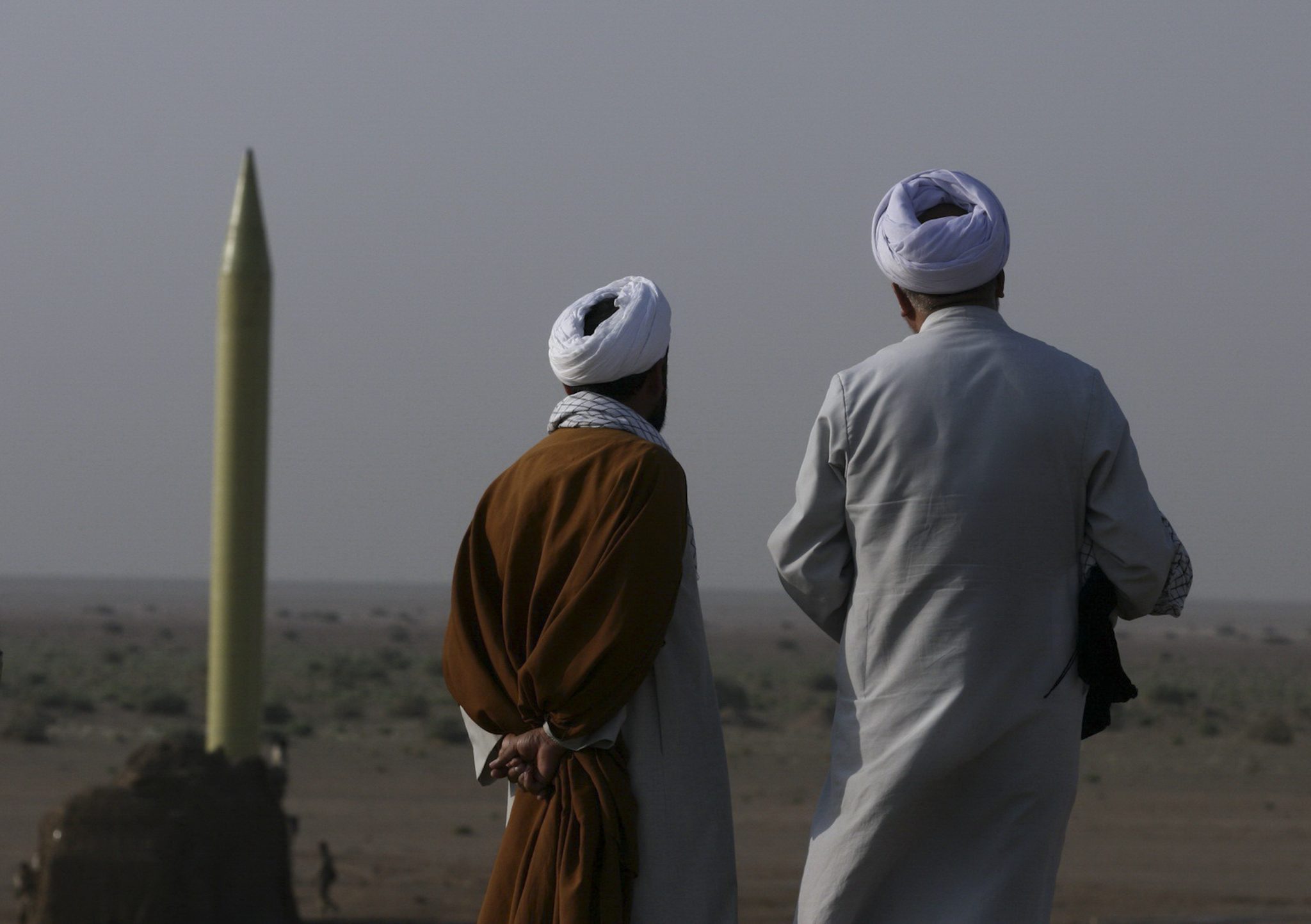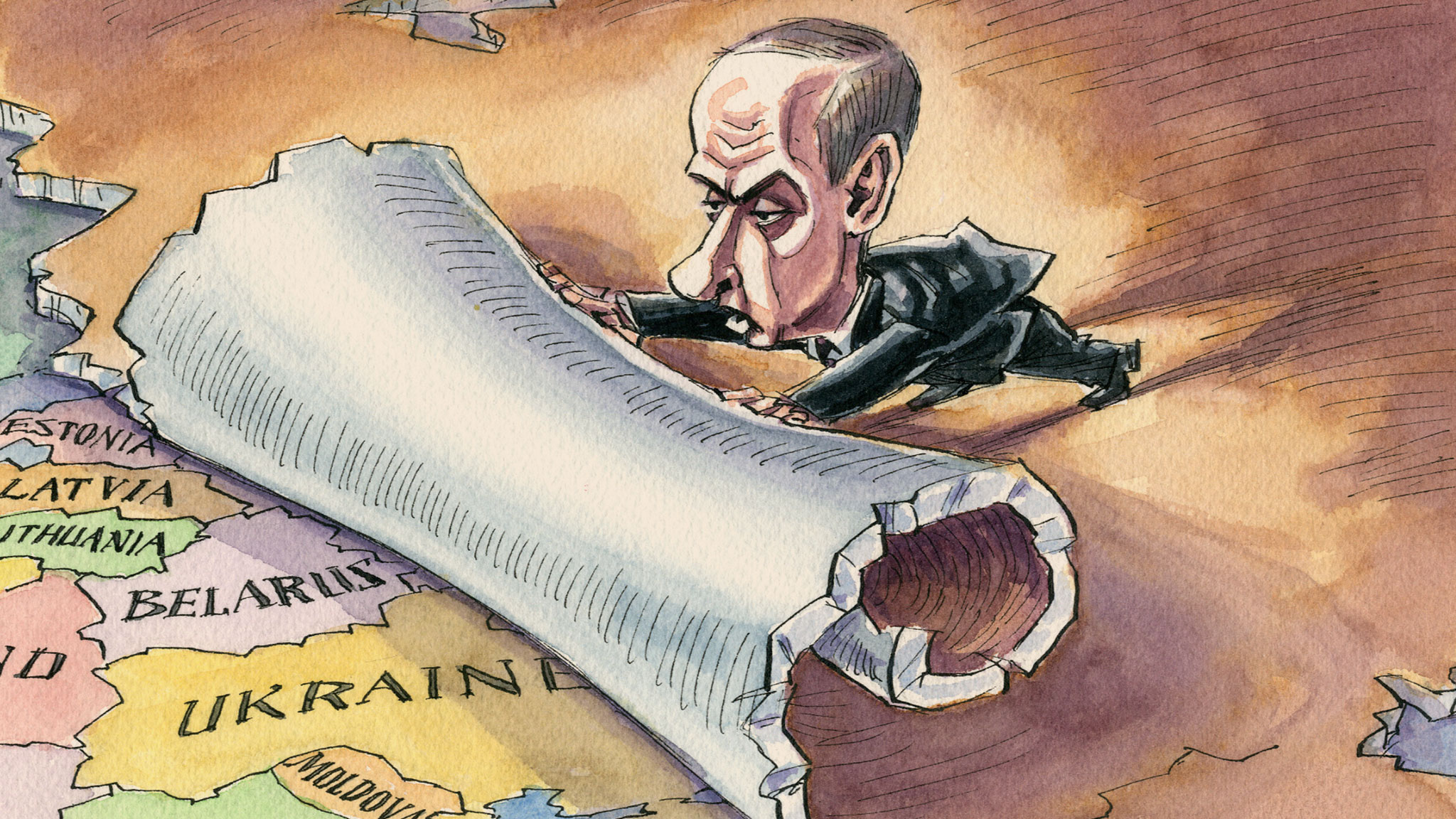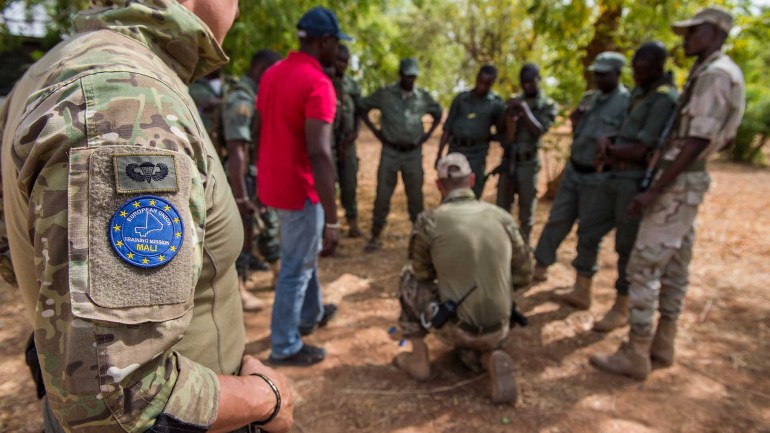
[authorbox authorid=”87″ title=”The Author”]
Project Amad was a covert attempt to develop functioning nuclear warheads by Iran that was rendered inoperable by the ‘Joint Comprehensive Plan of Action’ (JCPOA) signed in July 2015 by the five permanent members of the U.N. Security Council along with Germany and the European Union.
The Joint Comprehensive Plan of Action offered Tehran billions of dollars through relief of U.N. Security Council sanctions that had been imposed to restrict Iran’s trade, technology, finance and energy programmes. In return, Iran agreed to a 10 year restriction on nuclear weapons production, that included closing down thousands of centrifuges and exporting virtually all its bomb making materials.
The specific terms of the agreement required that “under no circumstances will Iran ever seek, develop or acquire any nuclear weapons”.
To further appease international concerns, Tehran submitted to the imposition of one of the most intrusive nuclear inspection regimes ever negotiated. This regime entitles International Atomic Energy Agency (IAEA) inspectors to access all sites suspected of nuclear weapons related activity, and to implement very demanding processes to return Iran to full compliance should any violation be identified.
There is a broad and continuing international consensus that Iran is abiding to the agreement, and that the JCPOA has effectively averted a war in the Middle East by effectively curtailing Iran’s aspiration to manufacture nuclear weapons.
Despite the international consensus, the continuation of the ‘Joint Comprehensive Plan of Action’ is under threat.
In October 2017, President Trump took the decision not to certify the JCPOA after declaring that the agreement was not in the national security interests of the United States. Fortunately, President Trump’s re-certification is required only by US domestic law, specifically the ‘Iran Nuclear Agreement Review Act’ (INARA), and not by the JCPOA.
Under INARA, the President’s October decision not to certify the JCPOA initiated a 60 day period during which the US Congress could have re-imposed nuclear related sanctions against Iran. Congress, however, decided against sanctions presumably because their re-imposition would have represented a violation of US obligations under the international agreement – at least while Iran was demonstrably in compliance with the JCPOA – and might very well have lead to the collapse of the agreement in its entirety, with immediate repercussions.
President Trump’s decision not to certify the JCPOA followed his pledge to ‘tear it up’ made earlier as a presidential candidate. Between 12 and 20 January 2018, President Trump was again required to certify the JCPOA and, in effect, not to re-impose sanctions.
On this occasion President Trump adhered to the terms of the international agreement but asked the US Congress to amend the INARA by including substantive “trigger points” that related to potential nuclear and missile development activities by Iran. His proposition was that Iran’s breach of any of these “trigger points” should be followed by the US Congress re-imposing specific sanctions, regardless of whether Iran remained compliant with the terms of the JCPOA as demonstrated by the IAEA.
In practice, President Trump’s request that the US Congress amend INARA effectively demands that the JCPOA itself also be amended to reflect his concerns over US national security interests, and that the amendment take place before he is again required to re-certify the JCPOA under US domestic law.
President Trump’s re-certification of sanction waivers imposed on Iran is required on 12 May 2018.
Regardless of timescale, some consider that President Trump’s concerns over US national security interests are impossible to assuage. Kelsey Davenport from the Arms Control Association, for example, has noted that there is no possibility of addressing President Trump’s concerns and remaining in compliance with the international agreement.
The very real threat to the JCPOA imposed by President Trump’s timescale has been compounded by a recent presentation delivered by Israel’s Prime Minister, Benjamin Netanyahu. Indeed, on 30 April 2018 Prime Minister Netanyahu claimed that Israel had “new and conclusive” proof that Iran was again attempting to manufacture nuclear weapons.
In point of fact, Prime Minister Netanyahu suggested that evidence had been found to show that ‘Project Amad’ continued. This evidence is alleged to be contained in 55,000 computer files that Israel had covertly obtained from a storage facility somewhere in Tehran. The summary of Prime Minster Netanyahu’s presentation is that while Iran might have suspended ‘Project Amad’ before signing of the JCPOA in 2015, it has not amended its nuclear ambitions and has not only preserved but expanded its nuclear weapons capabilities.
Following the Prime Minister’s presentation, the IAEA took the opportunity to reaffirm that its inspection programme has never found any credible evidence to raise concerns that Iran maintains an atomic weapons development programme. Nevertheless, President Trump has noted that he will consider Prime Minister Netanyahu’s evidence when deciding to either re-certify or withdraw from the JCPOA on 12 May.
In an apparent attempt to influence President Trump’s consideration, President Macron of France has intervened to offer President Trump a “new deal” in which the United States and European Union will jointly work to address a range of outstanding concerns about Iran that go far beyond the country’s nuclear aspirations.
In what should be seen as a radical departure from the terms of the JCPOA, President Macron has proposed that the United States and Europe agree to a continuing block on any Iranian nuclear activity beyond 2025, start to address Iran’s ballistic missile programme, and initiate work towards a political solution to contain Iran’s activities in Yemen, Syria, Iraq and Lebanon.
In response, President Hassan Rohani of Iran has dismissed President Macron’s intervention suggesting that he had no right to unilaterally propose amendments to an agreement signed by the five permanent members of the U.N. Security Council, Germany and the European Union. It is significant that Germany has supported President Rohani’s view, with a spokesperson for Chancellor Merkel noting, “The nuclear agreement was negotiated with 7 countries and the EU and can’t be renegotiated.”
How China and Russia, as signatories to the JCPOA, have interpreted President Macron’s proposition remains unclear, but most would guess that their agreement to extend both the breadth and depth of sanctions and interventions imposed against Iran is unlikely at best.
For its part Iran has stated that it has three options should the JCPOA be abandoned. Indeed during a news conference broadcast on Iran’s state television on Tuesday, 1 May 2018, the Secretary of Iran’s Supreme National Security Council, Ali Shamkhani, explained to the Iranian people that the Atomic Energy Organisation of Iran was prepared to take “surprising actions” if the JCPOA is abandoned by the signatories.
Secretary Shamkhani chose not to specify what Iran’s three options are, or what form the promised “surprising actions” might take.
The timescale framed by President Trump is obviously short but, until 12 May 2018 at least, the Joint Comprehensive Plan of Action continues to command widespread international support and continues, crucially, toward avoiding a catastrophic termination of peace that would have consequences far beyond the Middle East.
The next 10 days of Project Amad’s history could be pivotal for us all.




